Abundance can come from the most unlikely places.
In the 27 years I worked for a relief and development organization, I heard two clear messages too often:
- From impoverished indigenous peoples the message was, “We have no resources, we are poor and there’s nothing we can do about it.”
- I heard the poverty fighters tell those poor communities, “You are poor, there’s nothing you can do about it, but we will help you. We have resources to give you. This is how you will get out of poverty.”
The impoverished Mennonite refugees who settled the “green hell” of the Paraguayan Gran Chaco have a very different story to tell.
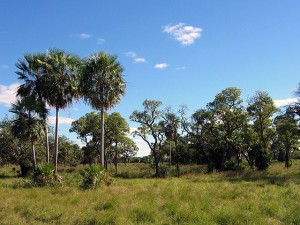
When the first wave of Mennonites arrived in the 1920s, the 250,000 square miles of the Chaco could not sustain 500 indigenous people. Today, not quite a century later, the same land supports 10,000 Indians and 23,000 Mennonites. What brought about this difference? The key part of the answer is that the Mennonites had a different vision for the land than did the indigenous inhabitants. The latter thought nothing could change; they considered themselves ruled by their history. The Mennonites, on the other hand, had a God-given vision of what this wasteland could become. They believed they could transform the Chaco and change history. And they did.
But in addition to a different vision for the land, the Mennonites understood that science and technology could be harnessed to literally change the conditions of the Chaco, to make the land flourish so as not only to provide a better life for them but also to support more inhabitants.
Edgar Stoesz describes the conditions of the land and the refugees that settled there:
These were agricultural communities dependent on what they could grow with the hot sun overhead. Rainfall was sufficient, although not necessarily at the opportune time. The bush and tall grass showed that the soil was fertile, but the grass was bitter and the cattle would not eat it. The farmers wondered what to plant and when, where to get the seed, and how to till the soil when all they had were human hands and unpredictable oxen pulling improvised implements.
Compounding their predicament was the fact that, while some had experience with farming the steppes of Russia or the prairies of Canada, they knew little about farming in the tropics. Many of their members were not even farmers.[1]
The ecology of the Chaco was relatively unique and very different from anything the Mennonites had experienced previously. To survive in this land, the Mennonites needed to cultivate a strong desire to learn, to become, in fact, lifelong learners. It was not enough simply to learn to read and write. They needed to continue to experiment with new crops and new agricultural techniques. They needed to do research and learn from others. They needed to discover the secrets that would make this unique ecology flourish. They became good experimental learners and within thirty years had transformed the green hell into a paradise.
In addition to being inquisitive, they were practical. They had to be pragmatic to survive. They needed to ask, not “What is ideal?” but “What will work?” When they had an idea, they would create an experiment on a small plot of ground. If the experiment succeeded they would expand the plot into a demonstration so their indigenous neighbors and other Mennonites could learn the lessons of the researchers.
As they found sweeter grasses to replace the bitter native pastures, they introduced more productive cows that could thrive in the new grasslands. Within a couple of generations the Mennonites were producing fully half of Paraguay’s milk needs. After that they began producing beef of a quality fit for export to Europe.
In addition to growing more and more foodstuffs, the men and women in the colonies began to experiment with storing the increased abundance of food. They began experimenting with cooking and preserving food. This ensured a year-round food supply for the growing population of the Chaco.
One woman, Myrtle Unruh, developed a cookbook to help improve the nutrition of Chaco families. This Paraguanian Mennonite cookbook, known in English as “Fed by Mama,” was wholistic in nature. Its intent was to nourish both the body and the soul. After decades of deprivation, hardship, and death of large numbers of the settlers, Myrtle’s goal was restore to health the soul and the body.
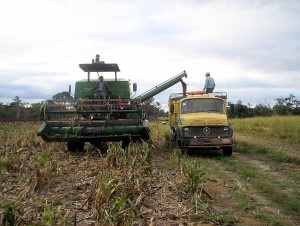
The visionary leaders of the Chaco began to replace ox and hand cultivation of the land with the mechanical power of tractors. This allowed for the cultivation of more land with less back-breaking and health-ravaging manual work. As they learned from their research and experimentation, the colonies began to broadcast hundreds of radio programs to spread their knowledge throughout the Chaco. In addition they started two agricultural vocational schools and a significant agricultural extension service that served the colonies as well as the indigenous communities.
The Mennonites not only excelled in the pragmatic work of farming, they evidenced a growing sense of the need to bring beauty to the land. Tree and rose nurseries were established to transform the homesteads into beautiful gardens that nurtured the soul.
The indigenous and Mennonite farmers have succeeded beyond anyone’s wildest imagination in transforming the wasteland into a garden. The land has prospered, benefiting those who live there as well as the nation of Paraguay, the nations of the Southern Cone of South America and Europe as well. As unlikely as it seems, the once desolate land is now the breadbasket of Paraguay.
If the Chaco can be transformed, there is virtually no land in the world that cannot be made to flourish with the right vision, inquisitive minds, and hard work.
- Darrow Miller
Related posts:
A Wasteland Transformed To a Garden
The Church and Development in Paraguay’s “Green Hell”
Community: The Engine of Mennonite Economic Development
Commerce, Roads, and Mennonite Obedience to the Cultural Mandate
[1] Edgar Stoesz, Like a Mustard Seed pg. 157



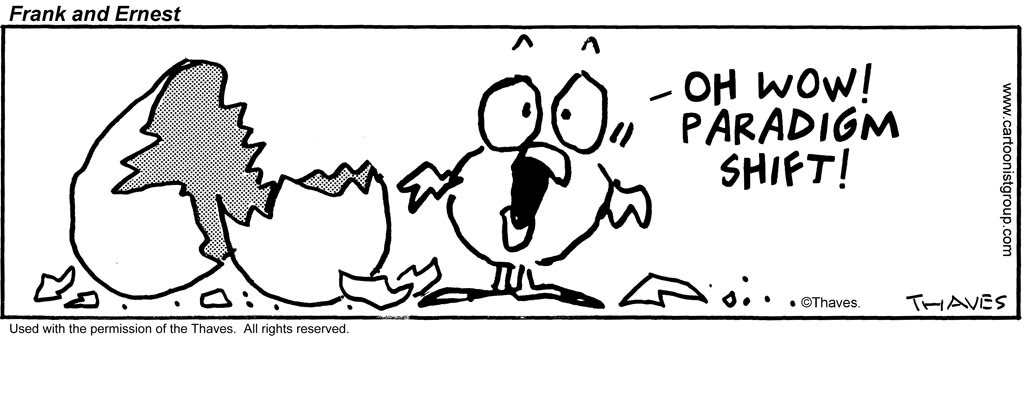
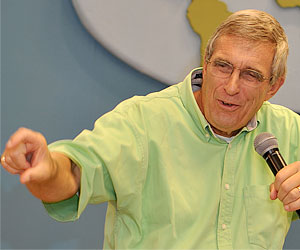
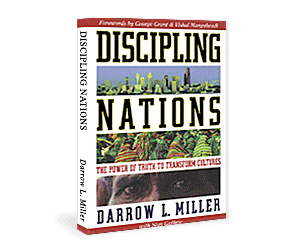
1 Comment